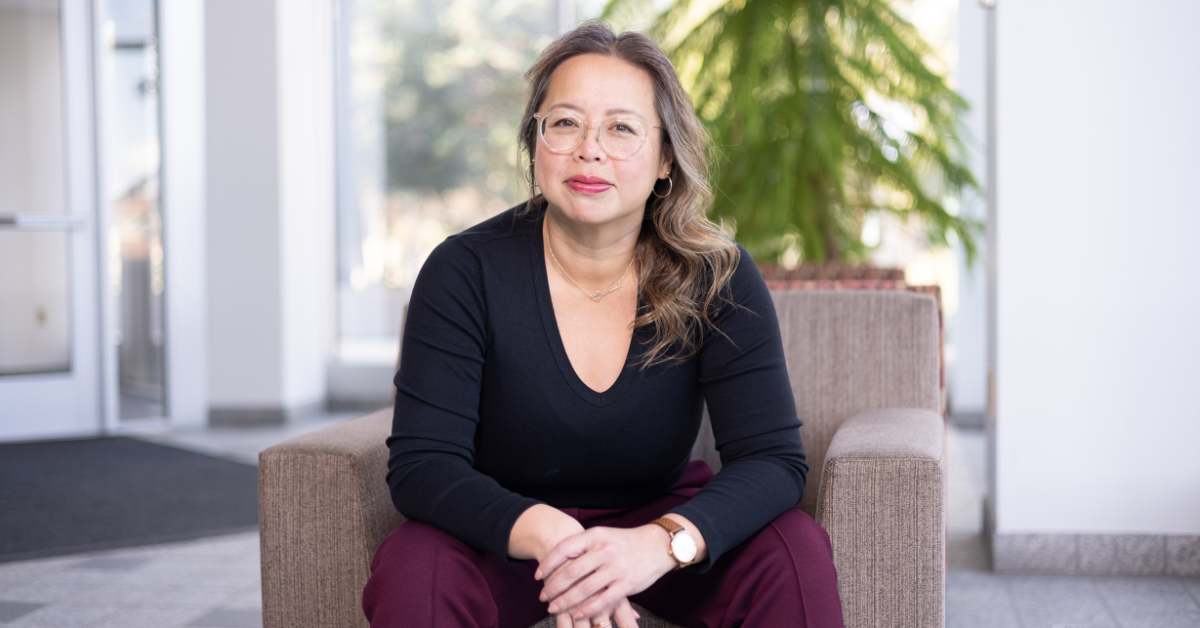Commit
Using “commit” emphasizes a pledge to prioritize antiracist efforts in making SPH a more welcome, equitable, and just organization.
What do you see as your role in antiracism?
“I have a multifaceted role in promoting antiracism. First, my role as a professor at SPH helps set the tone for the rest of the school, so I try to behave and act in a way that would support antiracism. Secondly, I believe people in leadership have the opportunity to change our curriculum, and we need to move forward in a way that underscores our dedication to structural change. Finally, I work hard to conduct my research with an antiracist lens. Racism contributes to poor health outcomes, and when you are producing and evaluating your work with a focus on dismantling racism, it changes your whole approach.”
What is the importance of having a strategic plan focused on antiracism?
“When I think about SPAR and how other organizations have made similar commitments, I remember that addressing racism requires both internal and external action. We need to look at our policies, procedures, and practices, and consider how racism has had a negative educational, professional, and health impact within our school. At the same time, as an institution that is promoting public health and health equity, we need to do whatever it takes to reach communities that experience unjust health outcomes. That work includes challenging the racist systems that persist and perpetuate inequity. The internal and external work to dismantle racism are connected, and require sustained effort, vision, work, and buy-in.”
Challenge
We are “challenged” to accept that racism exists and to “challenge” it when we see it.
How are you challenging those around you?

“I try to challenge leadership to be better leaders by recognizing that racism is not only pervasive throughout society, it is a public health threat. I challenge my colleagues to better understand the historical role that Asian Americans have had in this work, and acknowledge what role we continue to play in antiracism. One of the courses I teach at the Public Health Institute is focused on public health and Asian Americans. Something that we touch on is how the disaggregation of Asian American health data is inequitable. Placing us into large, monolithic buckets does not account for the largely varied differences in ethnicity, income, immigration status, and other factors. I try to challenge my students to better understand racism, how it looks in public health and within various communities, and what methodologies could be used to address it. That being said, I love that students challenge me as much as I challenge them! That helps us understand and work together on hard issues.”
What antiracist change have you been excited to see happen at SPH the past few years, if any? What change do you think we need to see at SPH?
“I am excited to see the recognition of racism by our school, and I am excited that our leadership isn’t afraid to acknowledge how racism negatively impacts health outcomes. In regards to what we could be doing better, I think we need more support in our everyday activities to combat racism and minimize negative health outcomes. In addition, other kinds of support—funding opportunities, increased hires, support for diverse students, staff, and faculty—is crucial. We also have a lot of work to do with our curriculum. We need to teach our students about racism in all of our courses and include antiracist strategies in all of our programming. Combating racism is our collective responsibility, and it starts with how we discuss racism in the classroom.”
Change
We have to be willing to “change” and shift our beliefs, attitudes, and actions toward equity and justice.
What is your vision for an antiracist school of public health?
“My vision for an antiracist school is one that promotes cross-collaboration on assessing the role of racism on poor health outcomes; one that develops policies to address the systemic impacts of racism; and one that has created programs that build sustainable approaches in our school and communities to be antiracist. We also need to be antiracist in our curriculum to ensure all students have an exceptional education and ample opportunities to talk about oppressive issues. For all of this to occur, we need to influence the members of our school to take specific actions. Having focused working groups on different issues related to racism is one way we could do that – multiple endeavors can come together for a significant change over time.”
What is the most important ingredient for culture change in our school, and as a community?
“I believe the most important ingredient is humility. I play my own role, as do others. Humility allows us to listen and act more carefully, because moving forward as a collective is the best way to make lasting change. Practicing cultural humility also allows us to better work with the communities that we serve. It can help us tear down methodologies that we previously used and build something new, together.”
“Building Equity, Driving Justice: Commit | Challenge | Change” — ties all communications related to the SPH Strategic Plan for Antiracism together under one look and feel. The theme showcases our guiding principles, and it motivates and inspires. "Agents for Change" profiles support this theme and all interview questions are related to the action words, Commit, Challenge, Change, as described above.
Submit an idea for this profile series — either your own story, or one that inspires you from another SPH individual or group.

